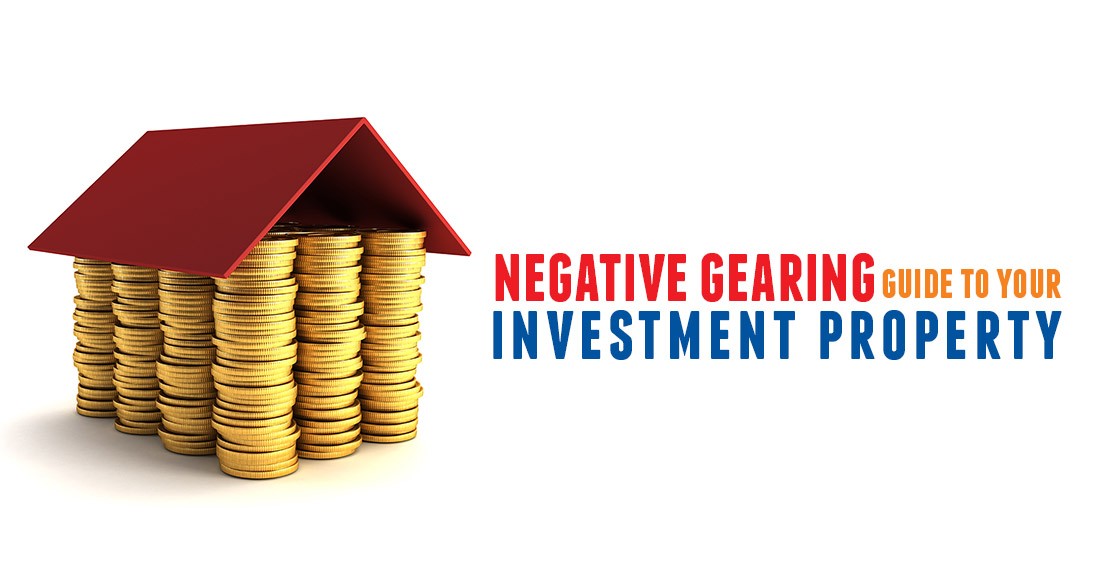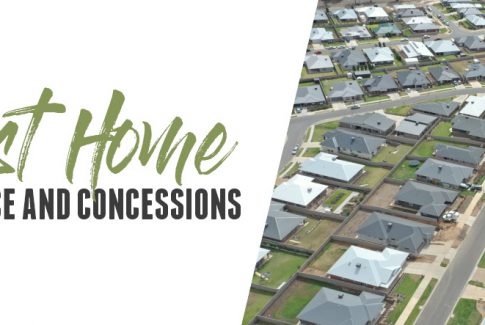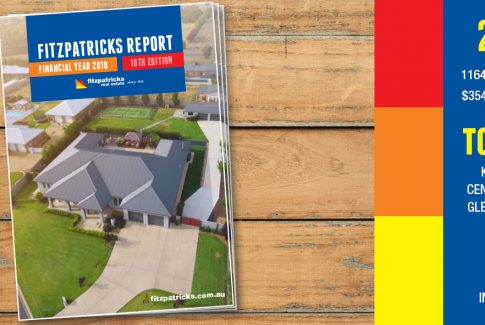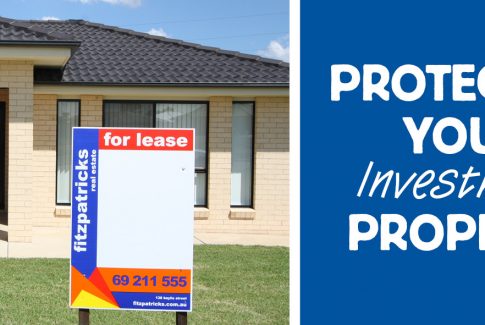
Negative gearing is being debated in the media spotlight at the moment, however it still stands as a legitimate tax reduction positive for property investors. Here’s a run down on the pros and cons of Negative gearing.
Negative gearing is the process of adjusting the borrowing on a property so that annually the property operates as a financial loss, which can be used to reduce your taxable income and either reduce the tax payable or result in a tax rebate.
The Pros
Negatively gearing shares and property investments are an effective alternative to superannuation.
Generally, investors consider the investment’s capital appreciation rather than income when deciding to negatively gear property or shares. When investors seek finance to negatively gear shares, financiers will allow investors to borrow up to 50 percent of the portfolio’s value.
Alternately, investors who negatively gear property can borrow up to 70-95 percent of the property’s value.
The volatile nature of the share market is one reason many choose negative gearing property rather than shares.
The rises and falls of the share market may lower a share portfolio’s value to below the required loan equity level. This means the investor may have to find additional security or renegotiate the loan.
The Cons
The main disadvantage of negative gearing is that it requires you to have a higher cash flow.
It is also a higher risk investment than superannuation because there is no guarantee that the invested property’s value will remain constant or rise in the short term. Negative gearing is a long-term investment.
If you are considering negative gearing talk with your local financial advisor about the opportunities.
Click here to find out more about the current negative gearing debate









